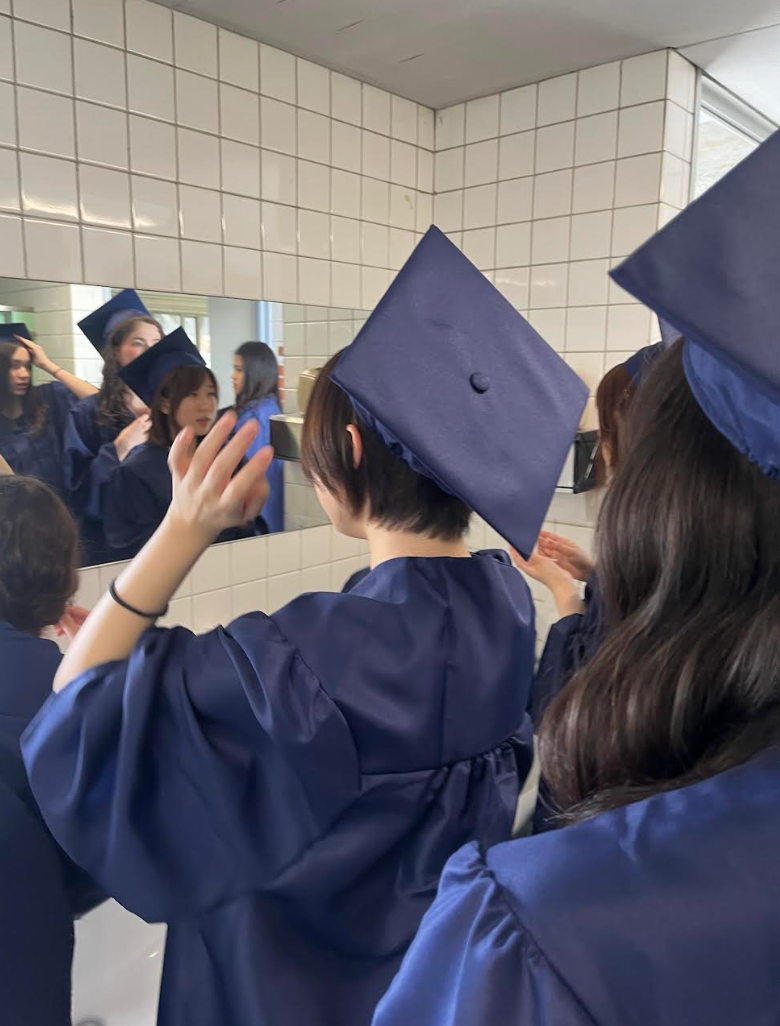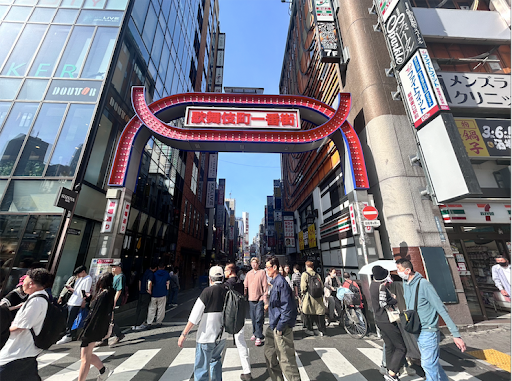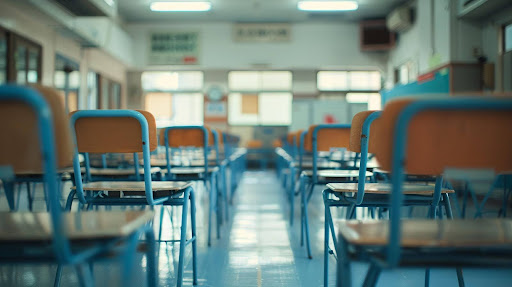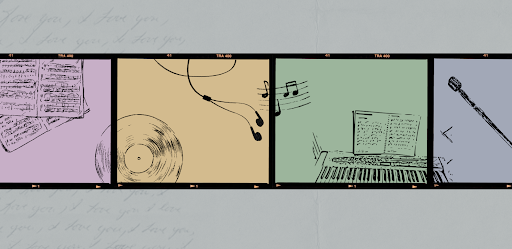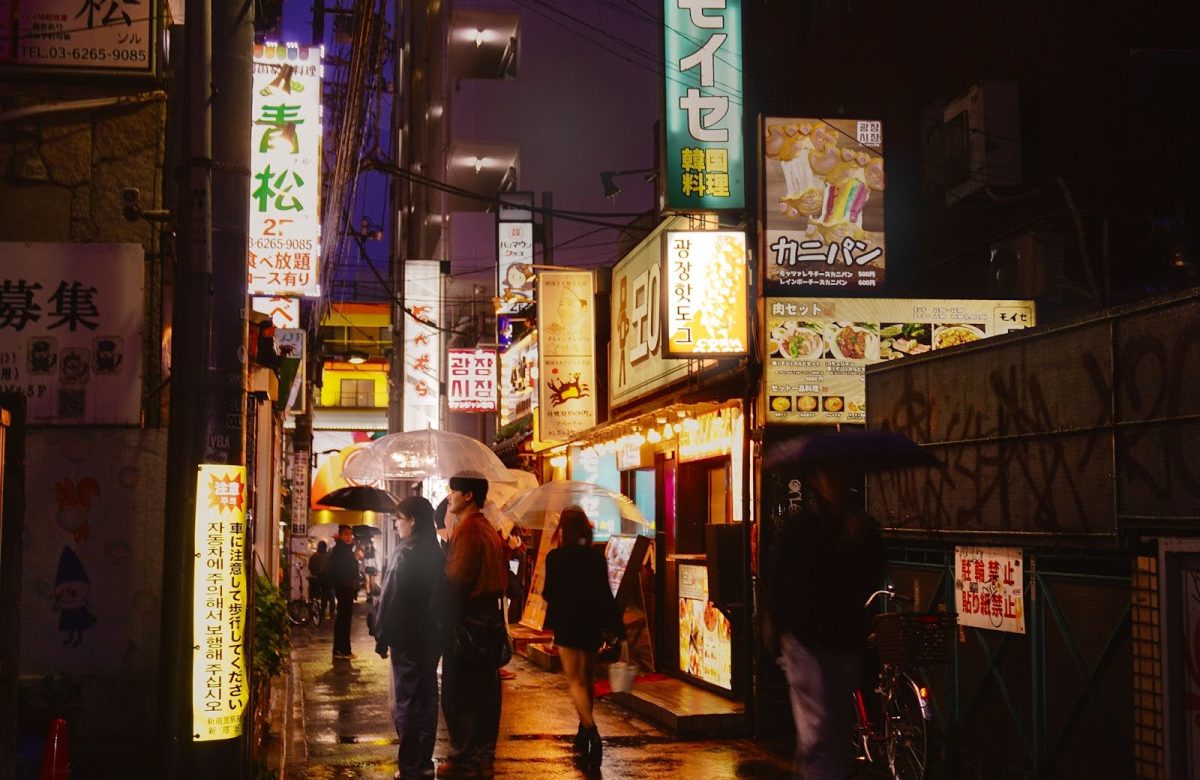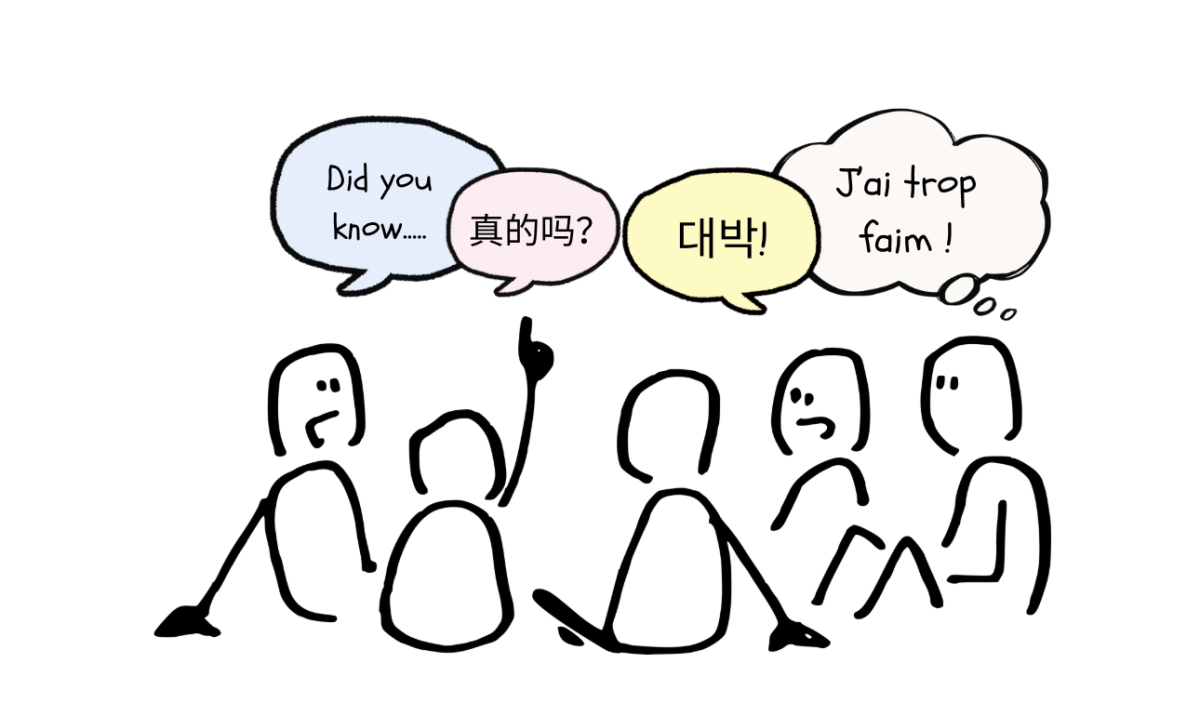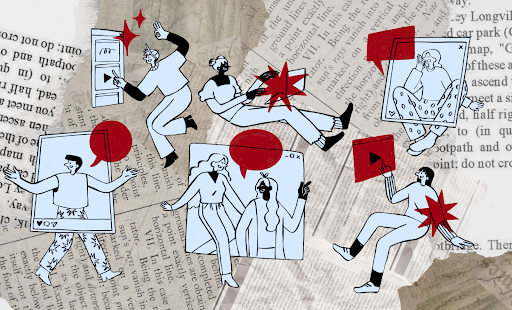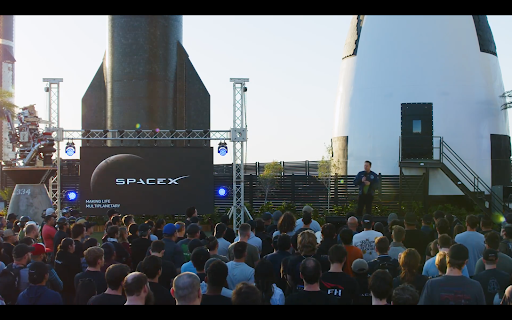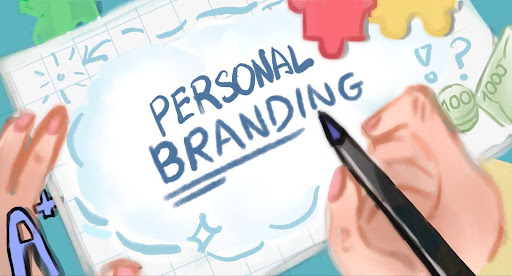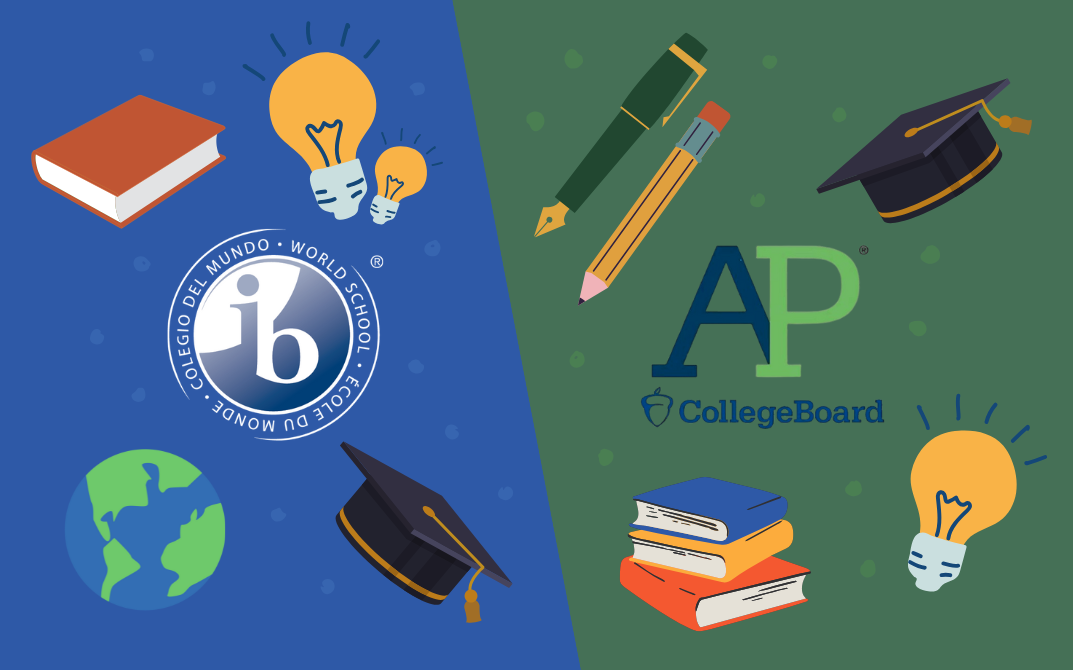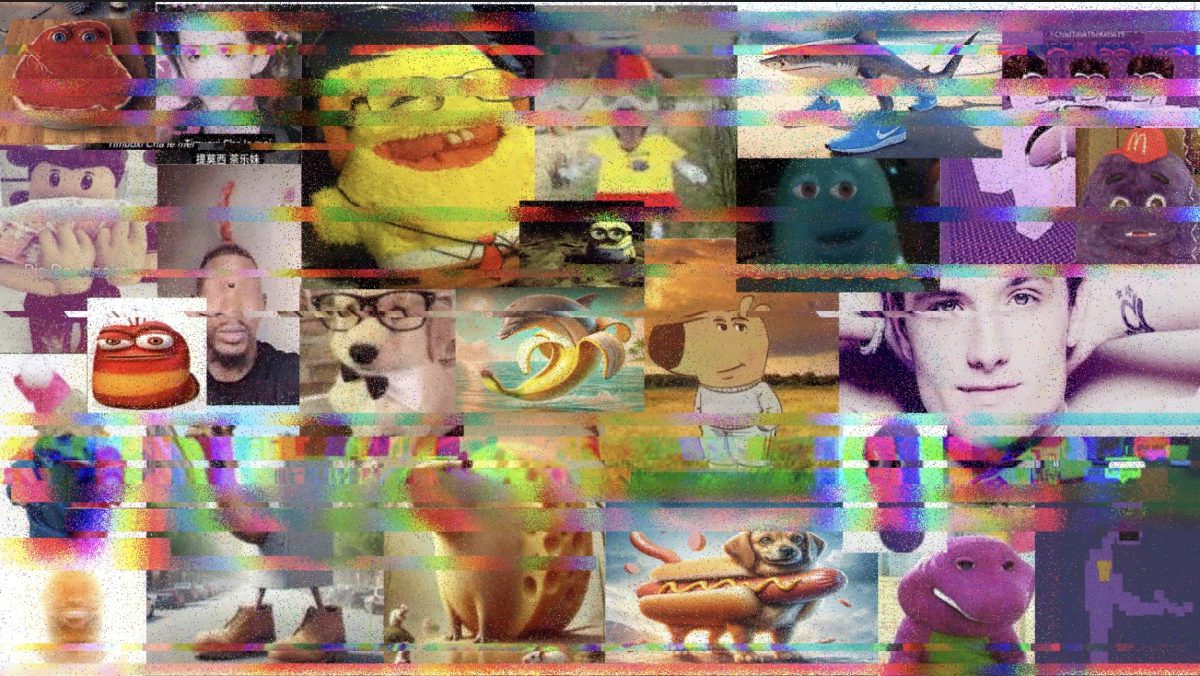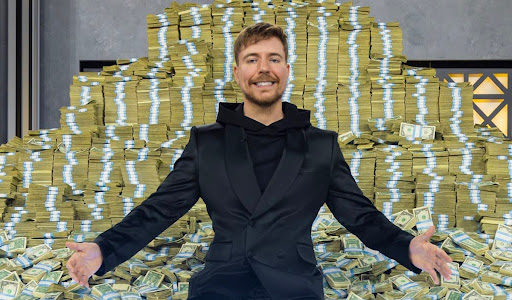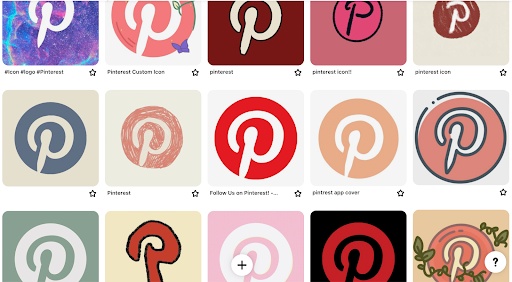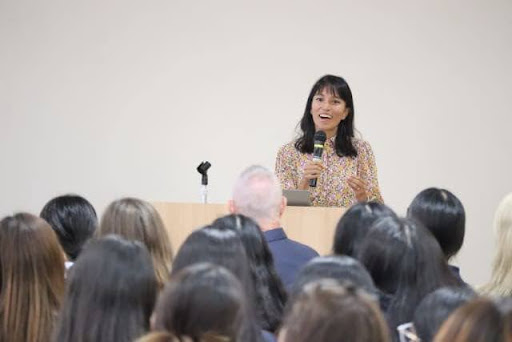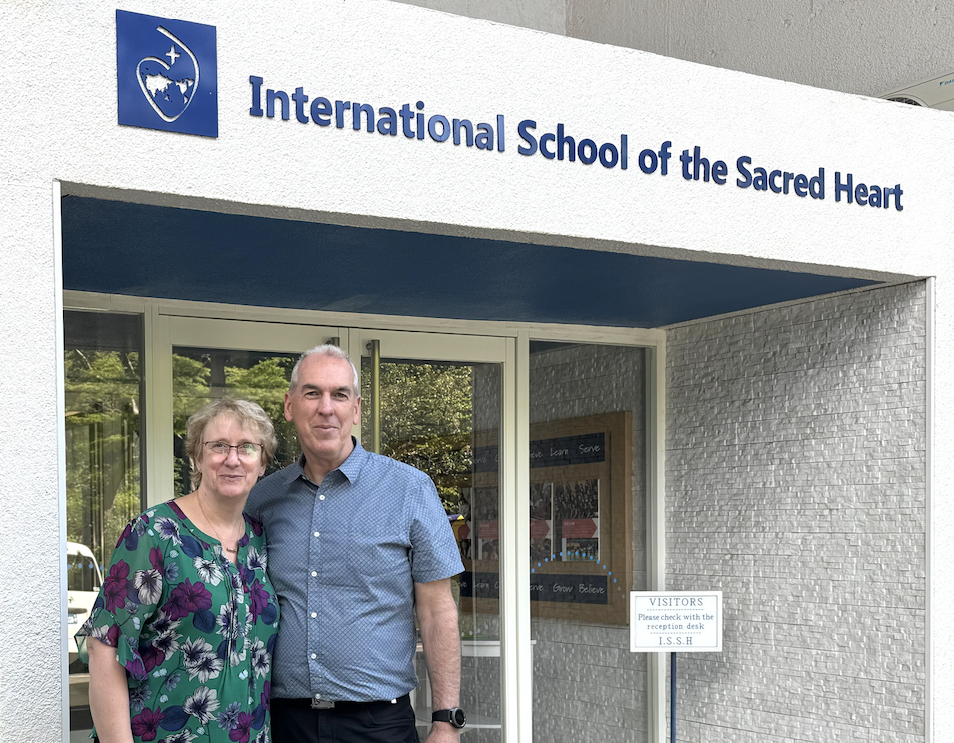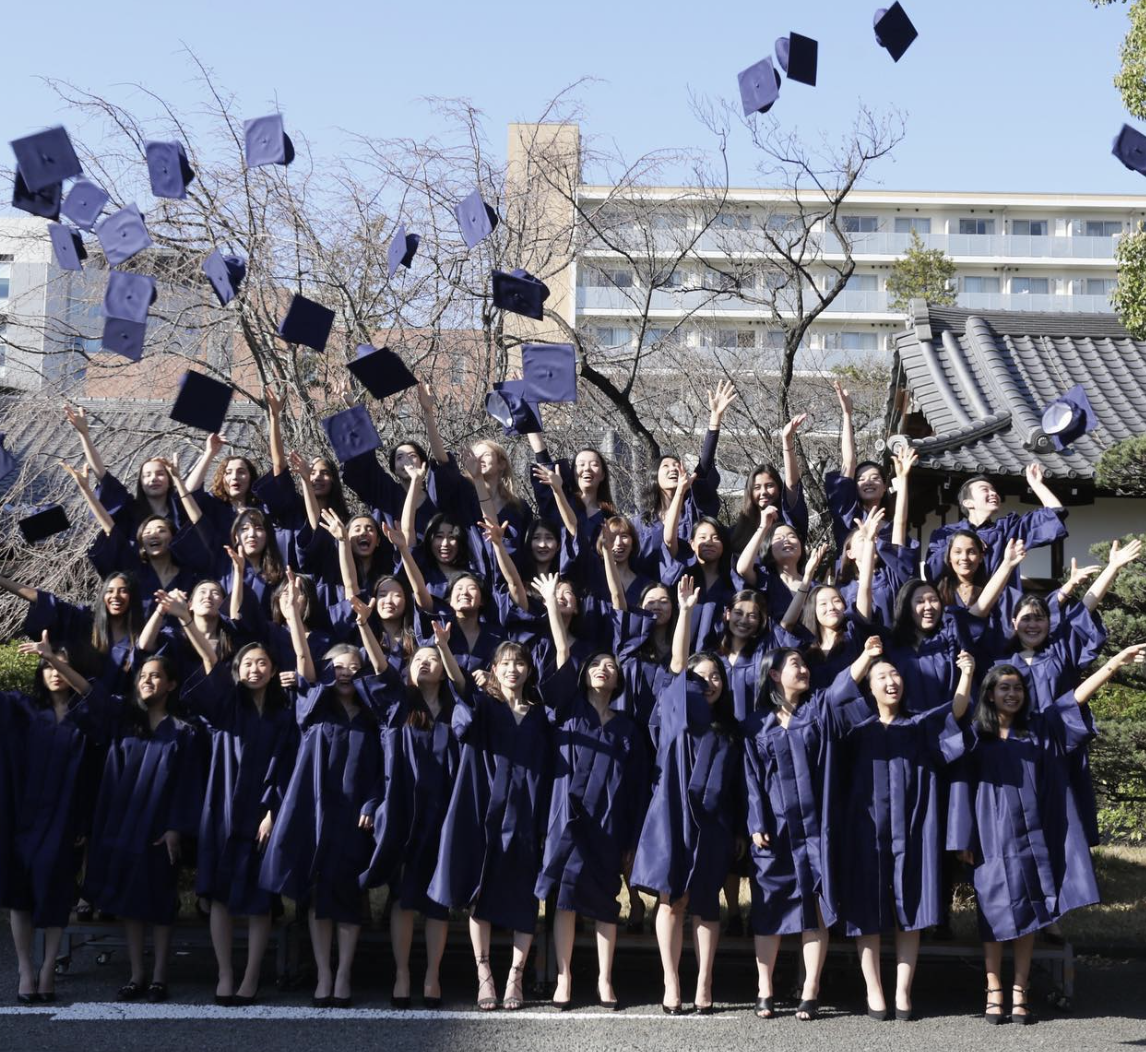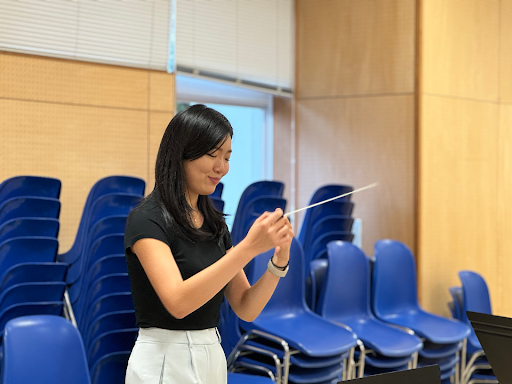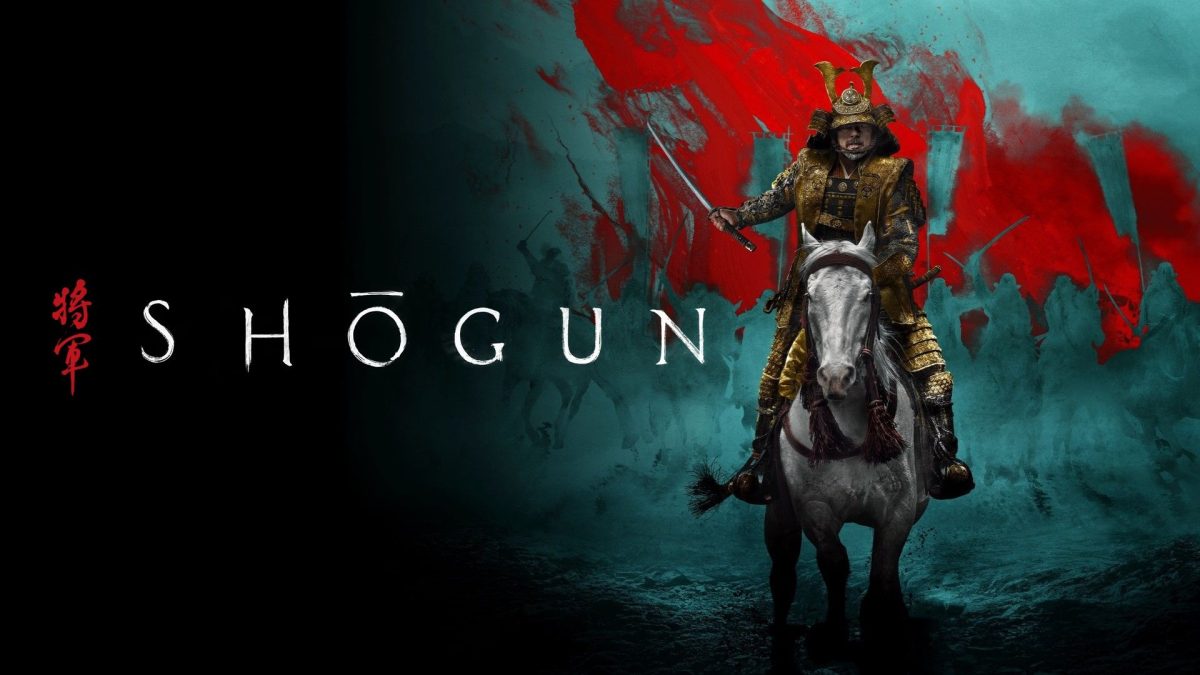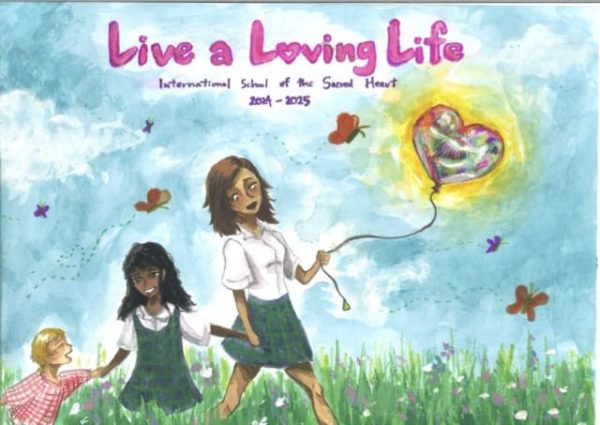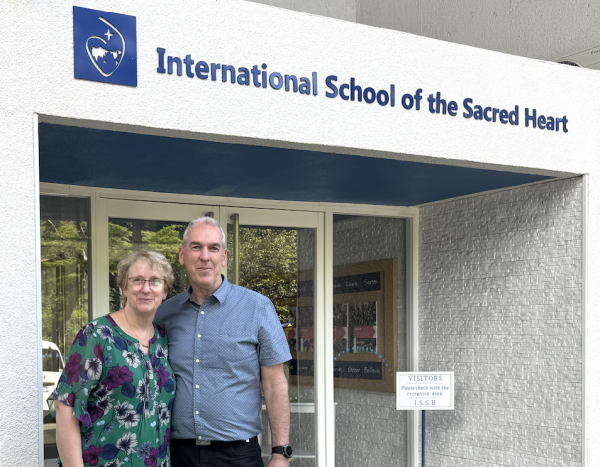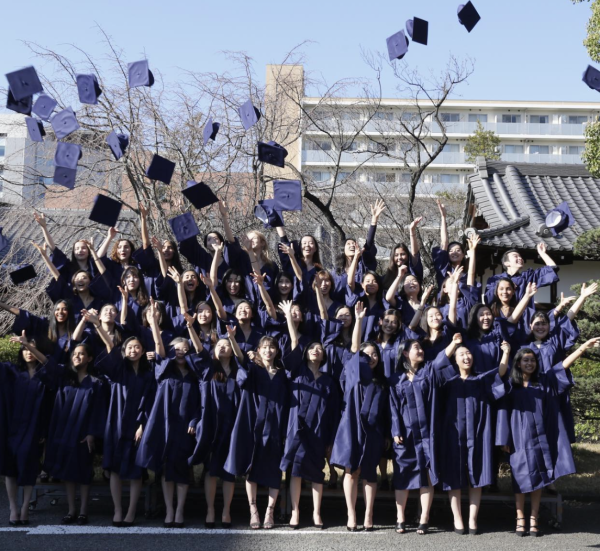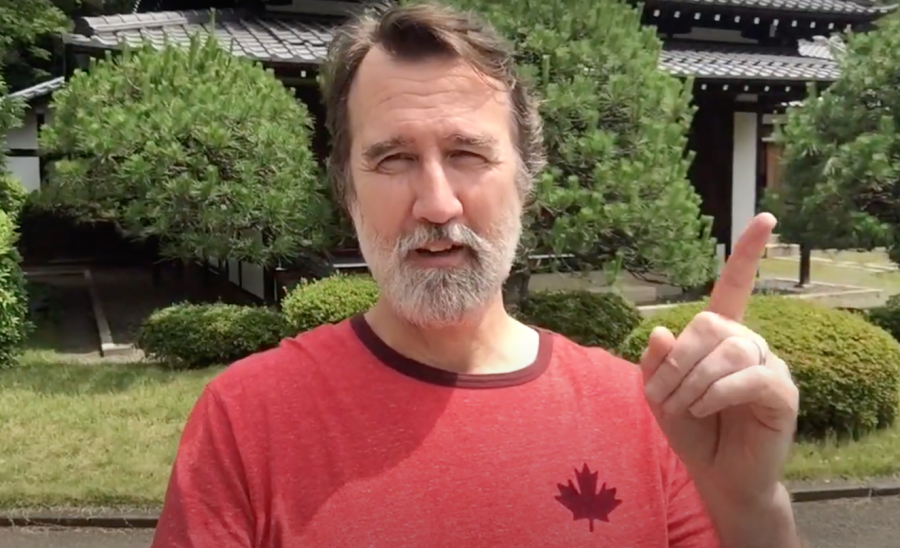Mr. Sean Thompson
“I’ve always considered myself a bit of a frustrated-artist-at-heart. You know, I had my whole comic book design phase in Junior High School, and it’s naturally growing into a sort of a digital art approach.
Even in art classes which I always took, I always got to a point where I thought, “It’s a really good piece that I made,” and then I’d be afraid that I was going to ruin it if I did anything else. And for me, that’s the beauty of technology and digital art. You can just undo anything. And you can make copies of things, and have multiple different versions of it, whereas in analog, once you’ve made it, it’s been made, right? There’s another side to that, however. Any digital artist or designer will tell you that they end up with 20 different Photoshop files for example, and one of them is like ‘project 1’ and then there is ‘project 1.1’ and then there’s ‘finished’ and then ‘really finished this time’ so you can take a lot of memory space too.
The biggest challenge I encounter when trying to instill more creativity in others is just helping people get over the fear factor. I go into this a lot in my book, “Creativity Is Everything: Rethinking Technology, Schools and Humanity”. People feel like, “Oh, creative people are just born, and they were always really good at that.” And that’s another sort of joke— I don’t consider myself a true artist, as I said, I’m a frustrated-artist-at-heart, right? Even I, who have been making things for years, and put thousands of hours in creativity— struggle to call myself an artist. It’s just the idea that artists are these incredible people with this skill. But the fact is that we all have something in us, and we just need to work with it, have fun with it, nurture it, and just get over that fear. Pablo Picasso had this very famous saying, he said something like, “Every child is an artist. The problem is how to remain an artist once we grow up.” We get to the point where we say, “Oh well, put the childish thing away,” but I want people to understand that you get the greatest satisfaction in your life when you are creating something. When you’re really working on something and are at full focus, and you kind of lose time— that’s full living to me. Nowadays, you feel like you’ve got to be the very best to be worthy of doing anything in front of anybody else, or sharing anything. I like to refer to it as the ‘American idolization of art,’ whereas back in the day, people would just sing around campfires, or play music at home, and everyone took their turn— it wasn’t about who was the best, it was, part of being human. You want to create something and you want to share it.
My book, “Creativity Is Everything: Rethinking Technology, Schools and Humanity” was sort of a passion project of mine for a number of years. Honestly, I am in a place right now that I think that everybody should publish a book. You may not make the New York Times Bestseller List, but you can be a bestseller in an important category that is related to what you are talking about on Amazon, which is the biggest bookseller that the world has ever known. Being creative gets you not just more satisfaction in your life, but it helps you learn, it helps you grow, it helps you develop, and that’s really the way you get better at anything.
I’ve published another book called “The Sharing Tree”, which is a re-imagining of Shel Silverstein’s “The Giving Tree”. It was such a sad tale, so I rewrote it twenty years ago, as part of my teaching certification. It sat around for all those years until I figured out how I could publish a book. So, I went on Keynote, I illustrated it and released [the book as a] number one [bestseller in that category].
At Sacred Heart, I am an integration specialist, not a computer teacher. I am helping teachers integrate digital technologies into their classes, to make the learning that’s already happening better. I give the same spiel all the time in class, where we’re dealing with digital technology. My main goal is for the kids to become more independent, and to start taking ownership of their own learning, and their own creative process. In every one of my lessons, even with younger children, I have a webpage with all the steps, like tutorials with pictures to help them sort things out [when they think they are stuck]. That’s how a lot of learning happens nowadays, people go on YouTube, and learn anything, right? But YouTube’s huge. With the webpage in my class, there are one or two pages you need to look at, and your answer is there, and I expect you to go there. Take responsibility first, don’t just raise your hand, and have someone come over and say, “Click here now, ok now click here.” Try and work it out.
From the very beginning of grade two— the first time they really work with laptops— they do this huge project where we use iMovie and CreativeCommons images from the internet, and narrate their stories, making a really— I wouldn’t say complex, but involved video project with their own cultural heritage. So, they’ve downloaded images, learned how to save them, retrieve them, get them in iMovie, work on the timings, import the narration, add a soundtrack, add all the transitions, and all of that. And a few years back, a parent just flat out told his daughter, “You didn’t make this! There’s no way you made this!” and it was great to see her say, “No! I made this! Mr. Thompson, tell him!” Seeing kids when they actually do things on their own, and actually making something, and being more creative, and saying, “Wow! Look what I made!” is wonderful.
What’s not fascinating about technology? It’s changing our world, it’s changing our lives. Neil Postman is an author from quite a while back. He had a pretty famous quote; he talked about the technology that we use doesn’t just impact the way we solve problems and do things anymore, it actually impacts the way that we think about problems. It’s recursive, so we make the technology, and then it develops, and then it, in turn, kind of changes us. And it is a powerful tool, we make things now we never could have before. We really let the genie out the bottle, I think.
We need to understand more how the media manipulates us, and this goes way back to understanding the media from Marshall McLuhan in the ’60s. It’s just that people aren’t focusing on it. Why aren’t we? We do talk about digital citizenship a lot, right from grade two onwards. We talk about privacy and about what it means to be responsible, and respectful of other people, and cooperate and all the rest of that— but that’s not media literacy. That’s just you being a good person, whereas we need to understand that people with money who are putting images and messages in front of us, probably are worried more about making money than having a positive social impact. I strongly believe the solution is to focus more on media literacy in schools.
My daughter turned 11, and the battles [of dealing with phone usage and social media] have begun. I see it in herself. I have these types of conversations with her, but imagine your father having a conversation with you about how the dopamine effect is actually part of how they make games and how you’ve been manipulated— “Yeah, whatever, I am busy here,” right? So constancy is important, you have to keep having these conversations with your children, and you need to never give up on that. A lot of the things that I was trying to ignore and brush off [when I was younger] have become part of my whole understanding of things, so don’t give up. You have to keep going. And I think one of the things parents don’t want to hear, but that they need to hear is that you need to model it yourself. I mean, I look at my phone too long for sure, I spend too much time, absolutely. We have to be just as diligent, and we have to monitor ourselves. If my phone goes off during dinner and I run to it, how can I tell my daughter she shouldn’t be doing that?
Find your passion, run with it. Don’t be afraid to learn, don’t be afraid to fall on your face, and remember: it takes time. I put together this YouTube video some time ago— I claimed it’s the most complicated and complex animation ever created using Apple’s Keynote. I literally took twenty hours making this, drawing it, animating it, getting music, making music, recording the narration that goes along with it, and it only plays for about two minutes. I had to figure out how to make this happen, if I wanted to have someone to speak, I had to figure out how to animate lip sync a little bit in there. If it matters to you, you are going to move mountains to make it happen. So just do it.
Also, be creative! Get out there, pick something up, do something. You’ll never be sorry you did. Play guitar badly, it’s better than not playing the guitar! Honestly, I really believe that we are the most satisfied in our lives when we are doing something creative. And when you’re at that point when you are unaware of the time, and you’re just focused on what you are doing, that is an important time, and I think we don’t get enough of it anymore.” — Mr. Sean Thompson
______
Editor’s note: The link to Mr. Thompson’s book, “Creativity Is Everything: Rethinking Technology, Schools and Humanity” will give every one of you the opportunity to view it for free for 5 days from Friday, November 27, 2020!
Also, a note from Mr. Thompson regarding the YouTube video: “These are actors. No teddy bears were harmed during filming!”


